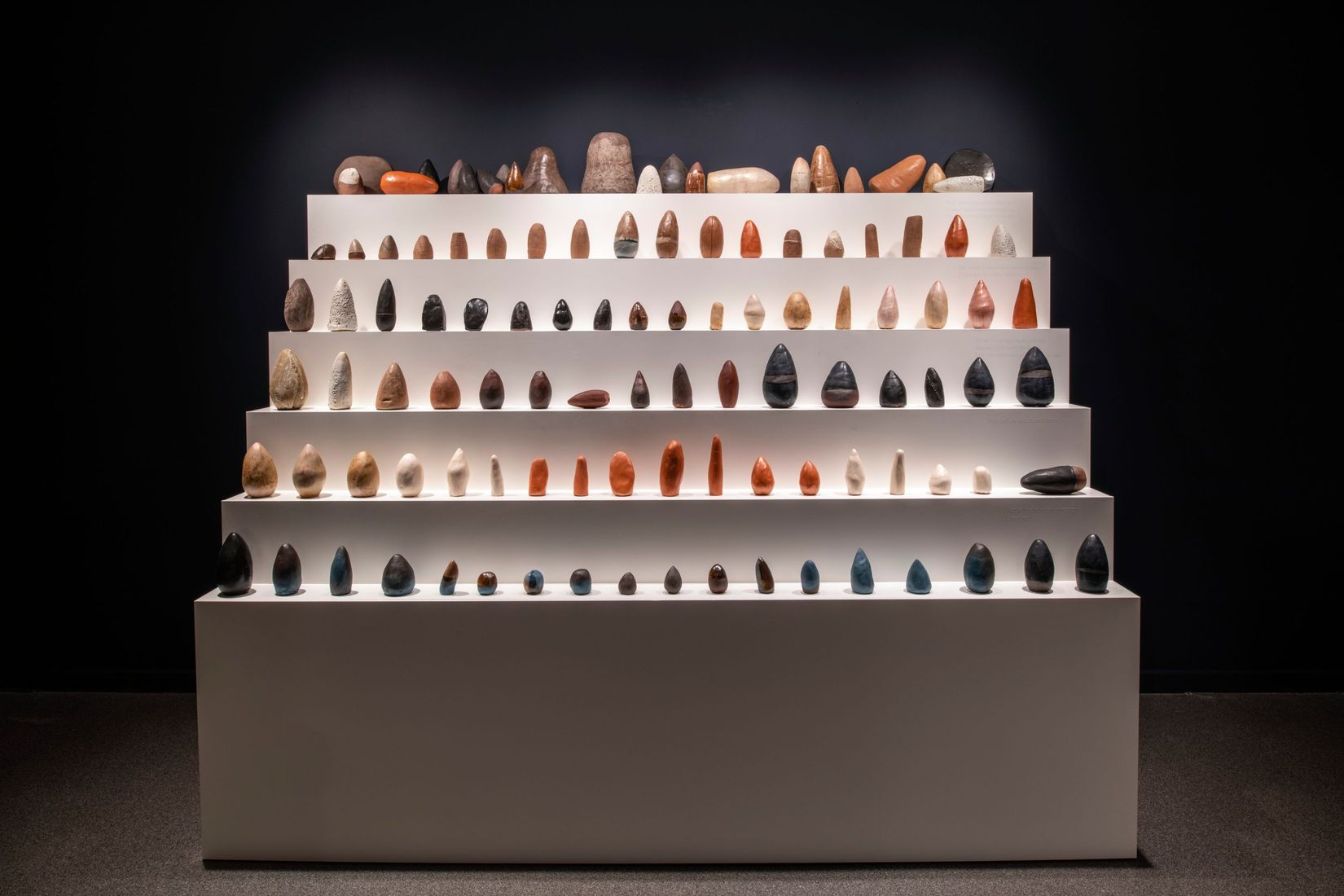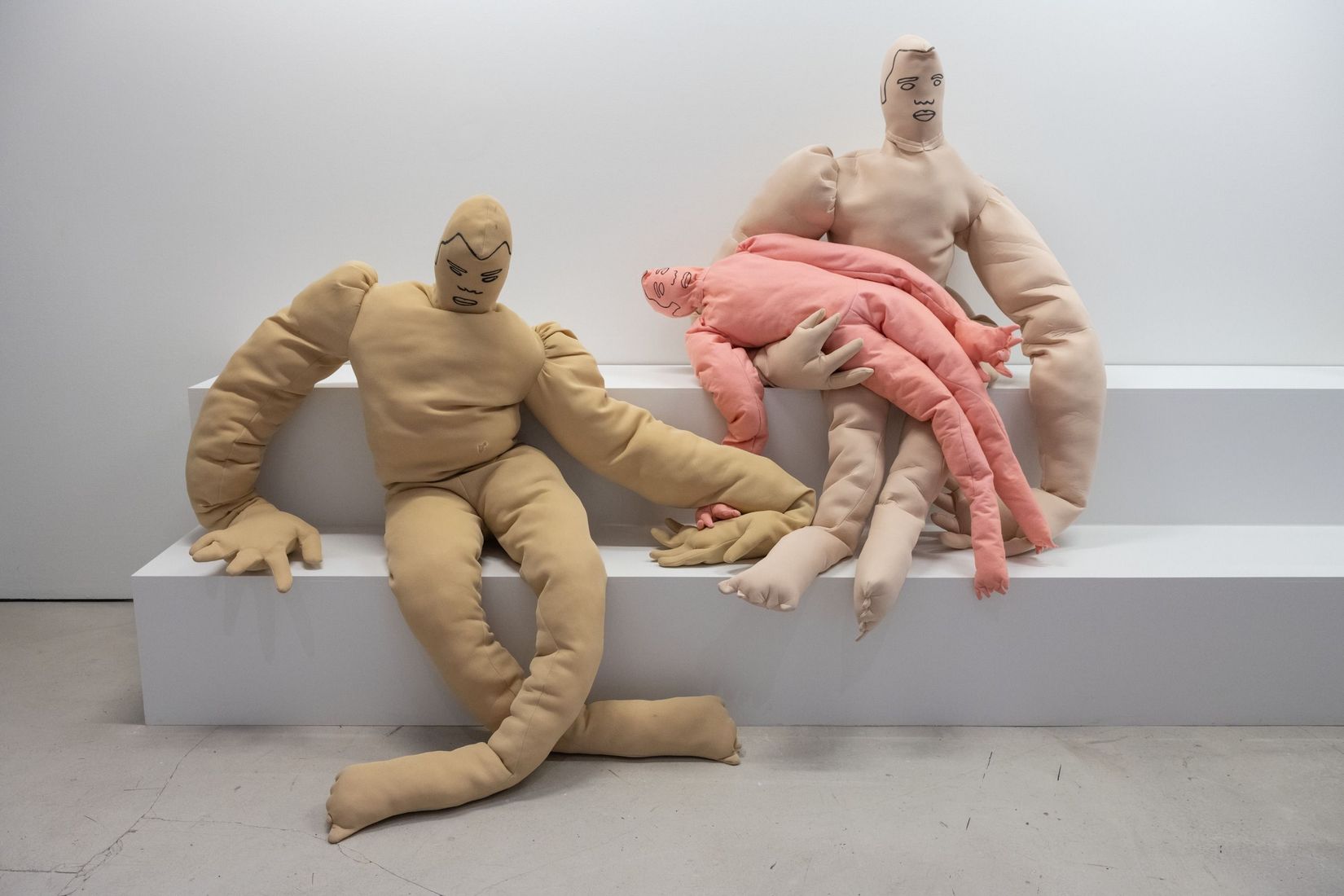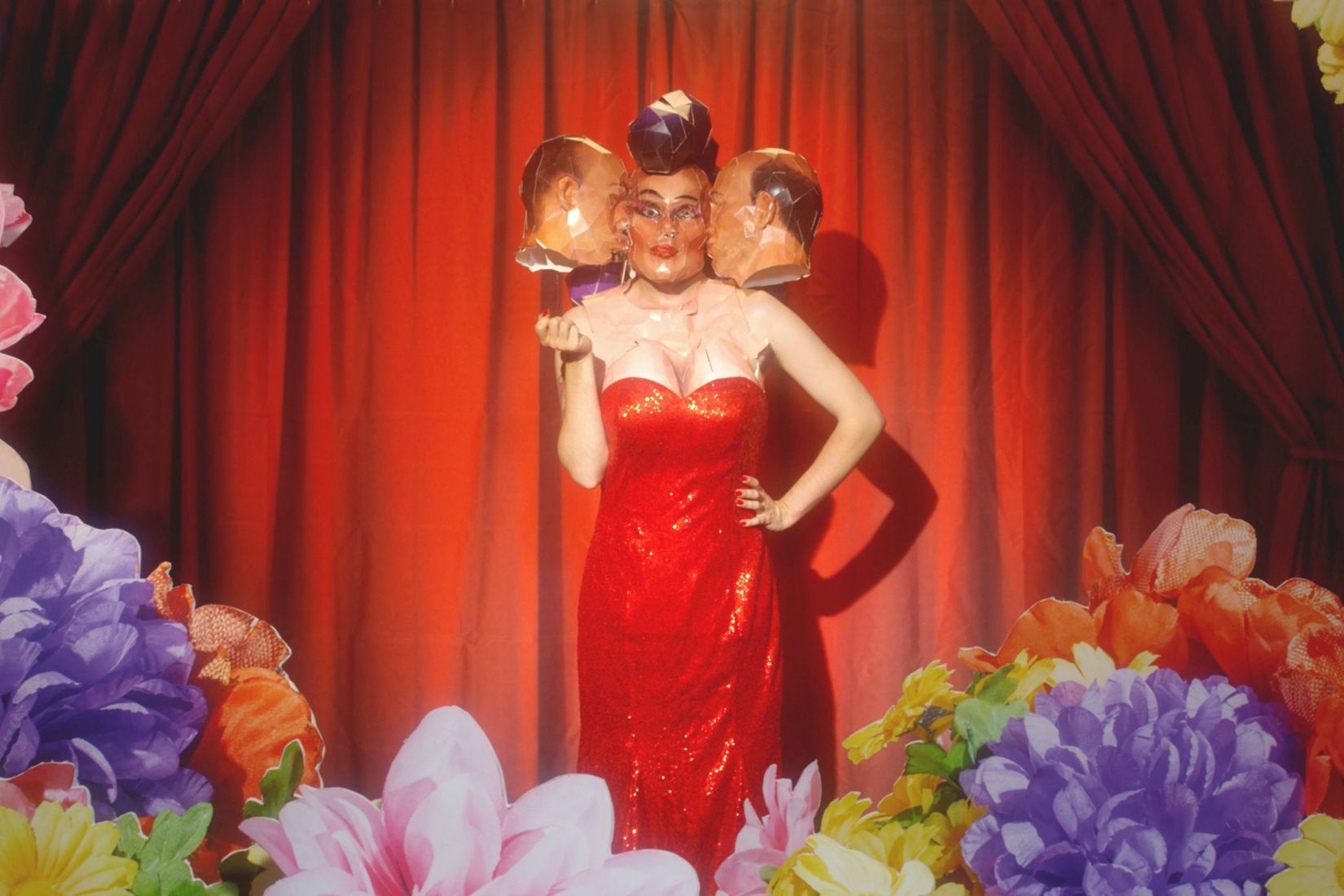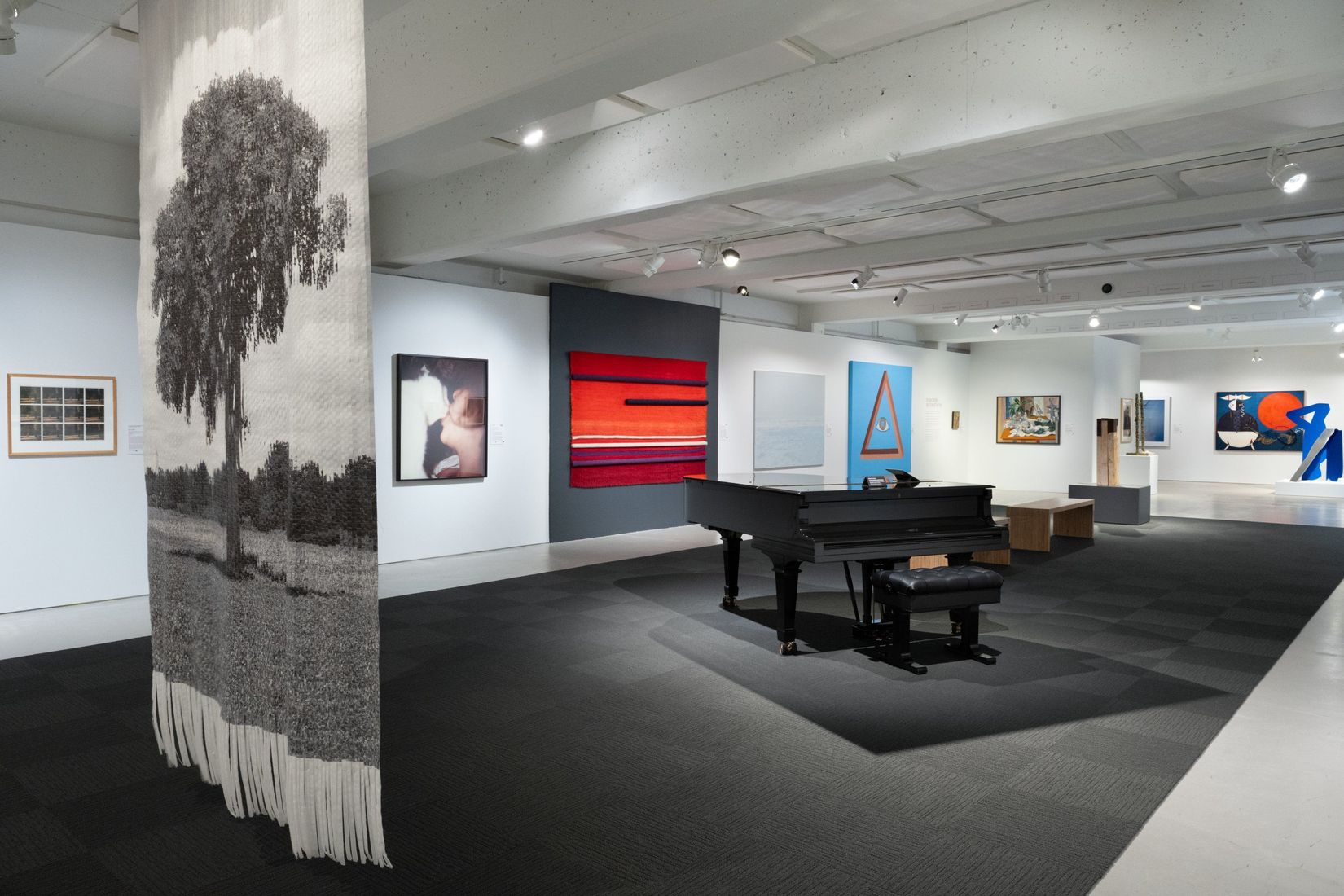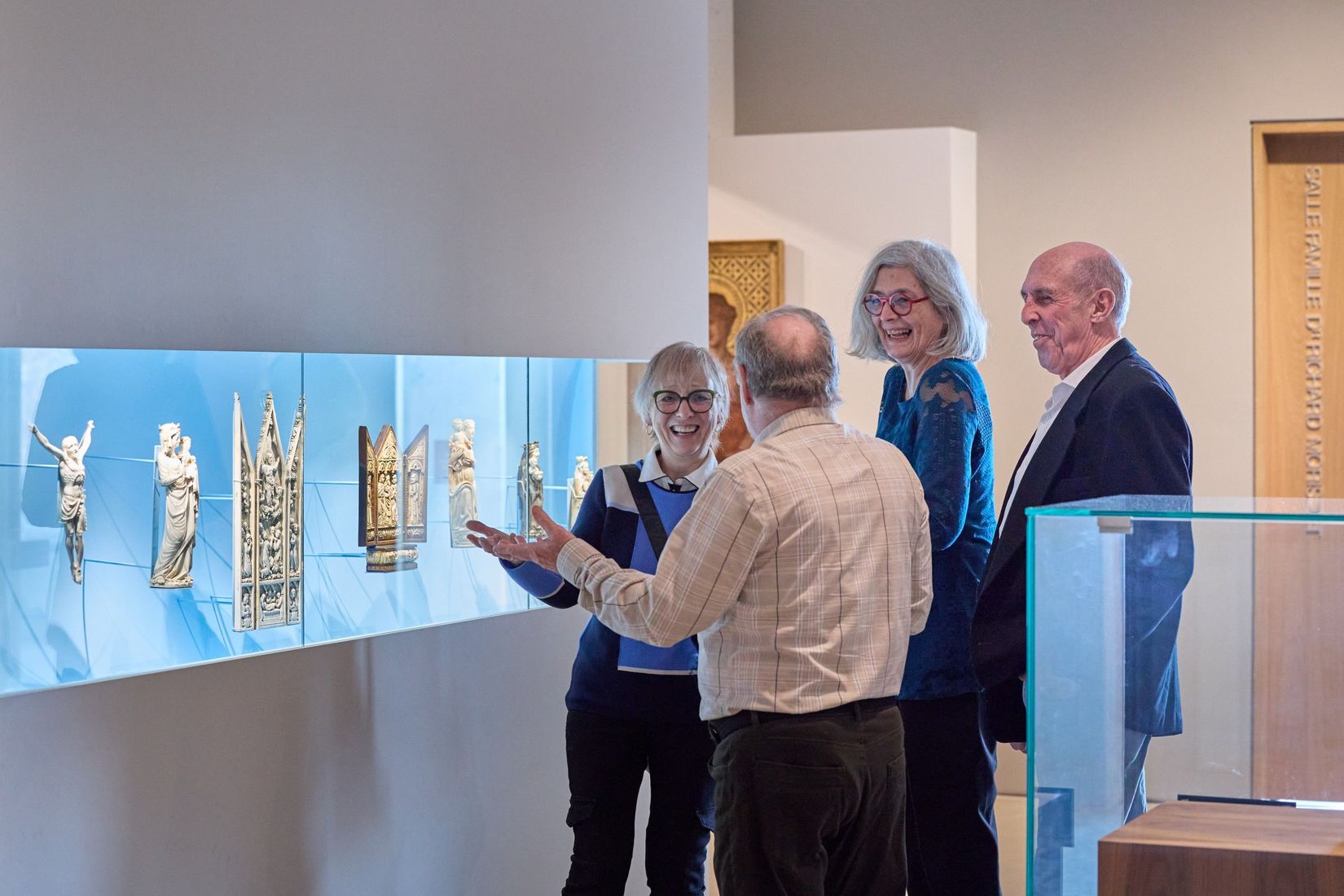Ça bouge au MAJ!
Notre nouveau site Web est en plein déploiement.
Des expositions et activités variées et inclusives, des programmes d’éducation innovateurs et une collection imposante.
Ici, on fait du bien par l’art.
Bienvenue au MAJ.

Bienvenue
au Musée d’art
de Joliette
Horaire et accèsau Musée d’art
de Joliette
Découvrez
les œuvres de la
collection
Voir un aperçuÉvénement caritatif 2026
Feu sacré
Soirée festive
Joignez-vous à la Grande nuit du MAJ - Feu sacré, une soirée festive au service de l’art et de la communauté.
Devenez membre
Faites un don
Fondation
du MAJ
Parce que votre générosité
est essentielle!
